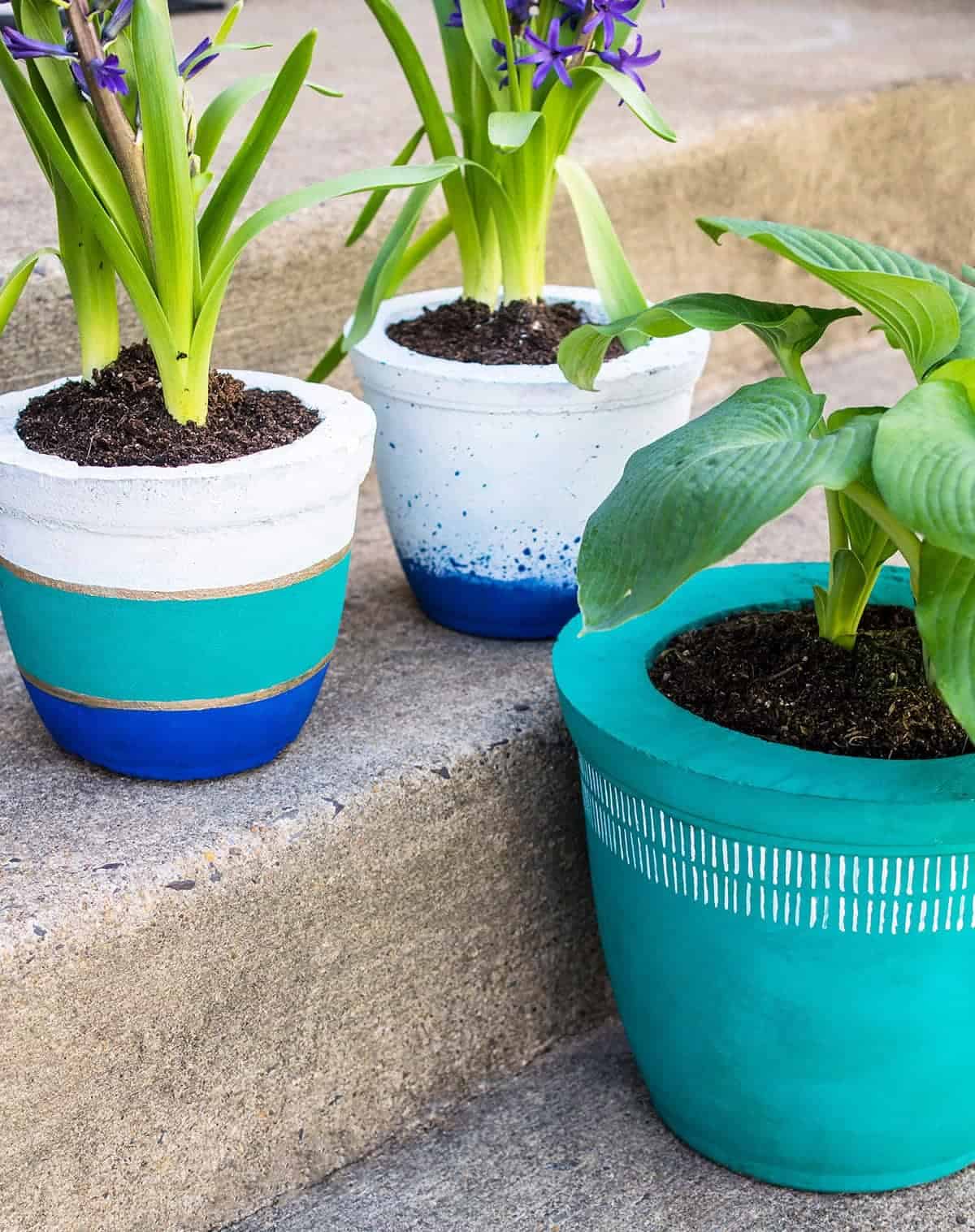Introduction: Unleashing Creativity through DIY Flower Pots
Gardening, an age-old pastime cherished for its therapeutic qualities and connection to nature, transcends the mere act of nurturing plants. It’s a realm where creativity blossoms, quite literally, through various art forms, including the crafting of unique flower pots. Creating your own plant containers from scratch not only adds a personal touch to your green haven but also transforms mundane gardening tasks into exciting projects filled with artistic expression. In this comprehensive guide, we delve into the world of DIY flower pots, exploring materials, techniques, and design inspirations to ignite your creativity and bring a touch of handmade charm to your outdoor or indoor spaces.
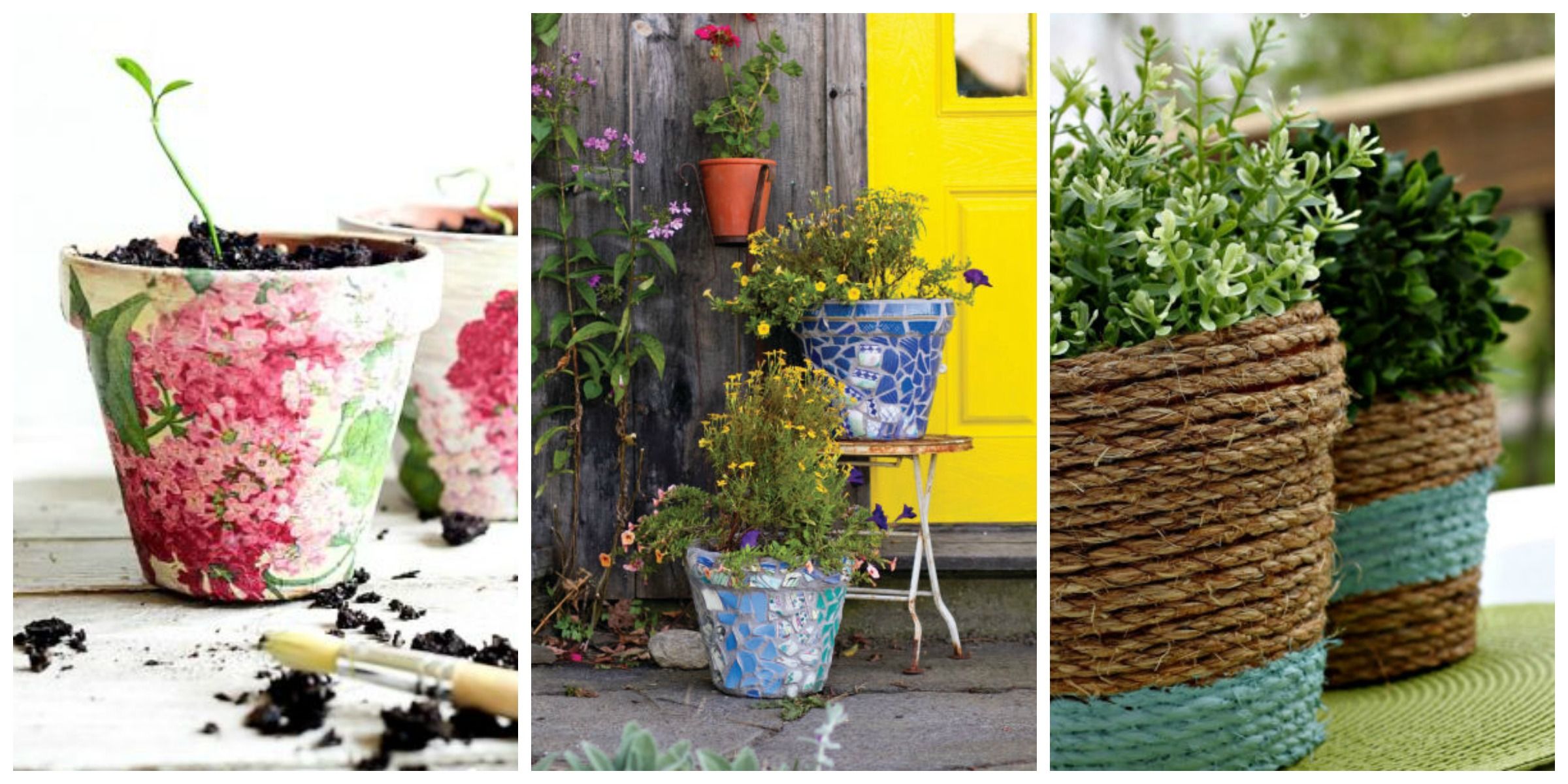
Materials Mastery: Exploring the Foundations of Pottery
At the heart of making flower pots from scratch lies a deep understanding of suitable materials. Traditional pottery, the most classic method, revolves around clay – a versatile medium that comes in various types, including earthenware, stoneware, and porcelain. Earthenware, the least durable yet easiest to work with, offers a rustic appeal, while stoneware, with its higher firing temperature, provides durability and can be glazed for added protection. Porcelain, the elite among clays, boasts exceptional whiteness and translucency, demanding mastery but rewarding artisans with exquisite results. Beyond clay, repurposed materials like wood, concrete, hypertufa (a blend of cement, peat moss, and perlite), and even recycled plastics open avenues for eco-friendly and innovative pot designs.
Hand-Building Techniques: Shaping Your Vision
The essence of crafting flower pots lies in the hands-on process, with hand-building techniques forming the backbone of creation. Pinch pots, the simplest method, involves shaping a ball of clay using your fingers to form walls and a base. Coil building, another ancient technique, uses long, rolled coils of clay stacked and blended together to construct more substantial forms, lending itself to organic shapes and textures. Slab construction, where flat sheets of clay are cut and assembled, offers precision and versatility, enabling the creation of geometric or intricately designed pots. These techniques require patience, practice, and a willingness to embrace imperfections as part of the creative journey.
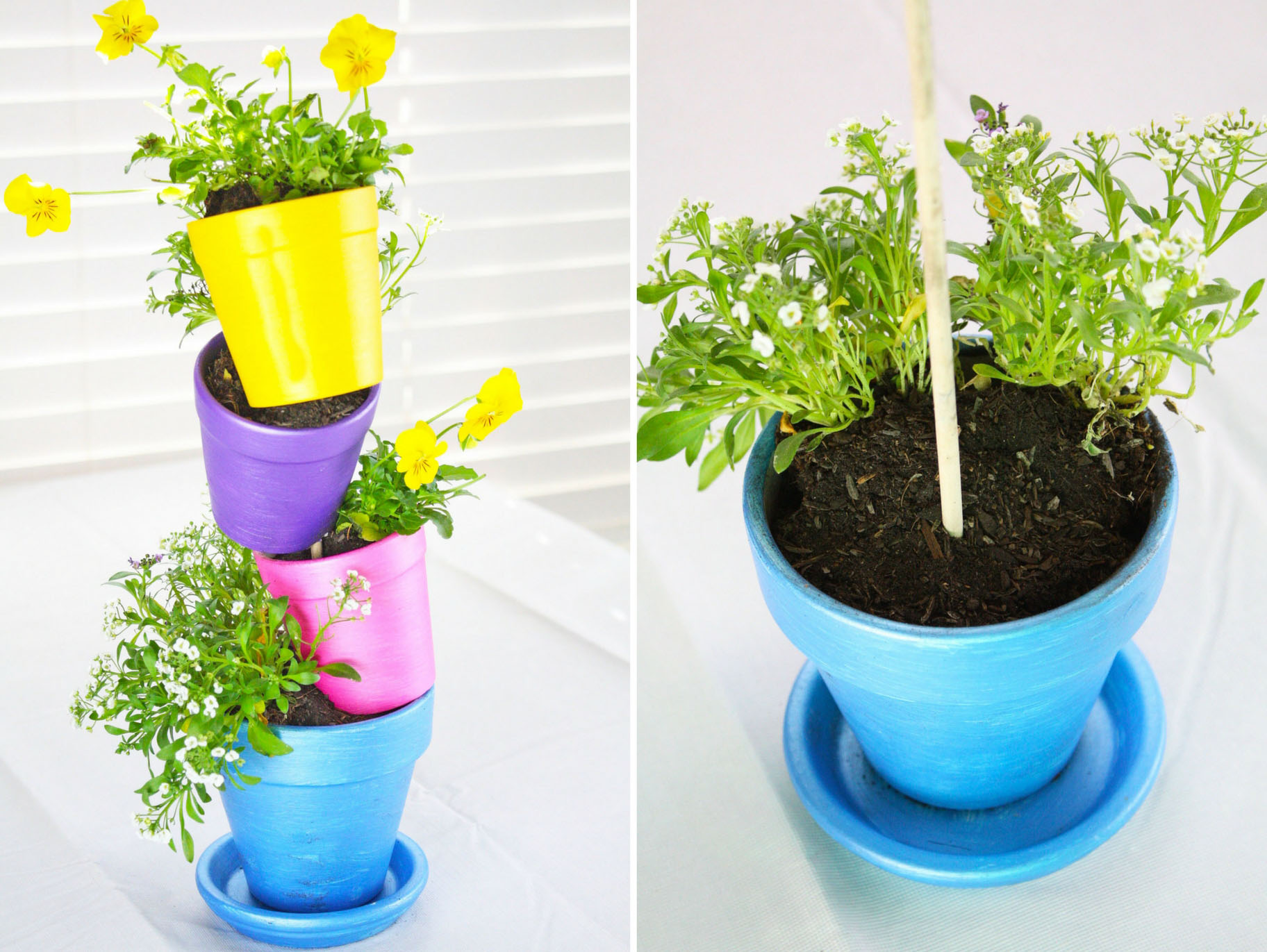
Wheel Throwing: The Art of Spinning Beauty
For those seeking a more dynamic approach, wheel throwing presents a captivating challenge. This method demands a pottery wheel, where a lump of clay is centered and spun while the potter shapes it using hands and tools. Wheel throwing necessitates control, timing, and a feel for the clay’s movement, allowing for symmetrical forms that range from classic cylinders to elegant vases. While it may seem daunting initially, the rhythmic motion and direct interaction with the material offer a deeply satisfying creative experience.
Embellishments and Surface Treatments: Adding Character to Your Creations
Once your pots take shape, it’s time to infuse them with personality through embellishments and surface treatments. Carving, stamping, or impressing patterns into the clay while it’s still moist adds textural interest. Glazes, available in a myriad of colors and finishes, transform the appearance and functionality of clay pots, providing a protective layer against water and enhancing their aesthetic appeal. Experimenting with layering glazes, underglaze painting, or even sgraffito (scratching through a layer of color to reveal the clay beneath) opens doors to intricate and unique designs. For non-clay materials, consider painting, staining, or applying mosaic tiles to add visual intrigue.
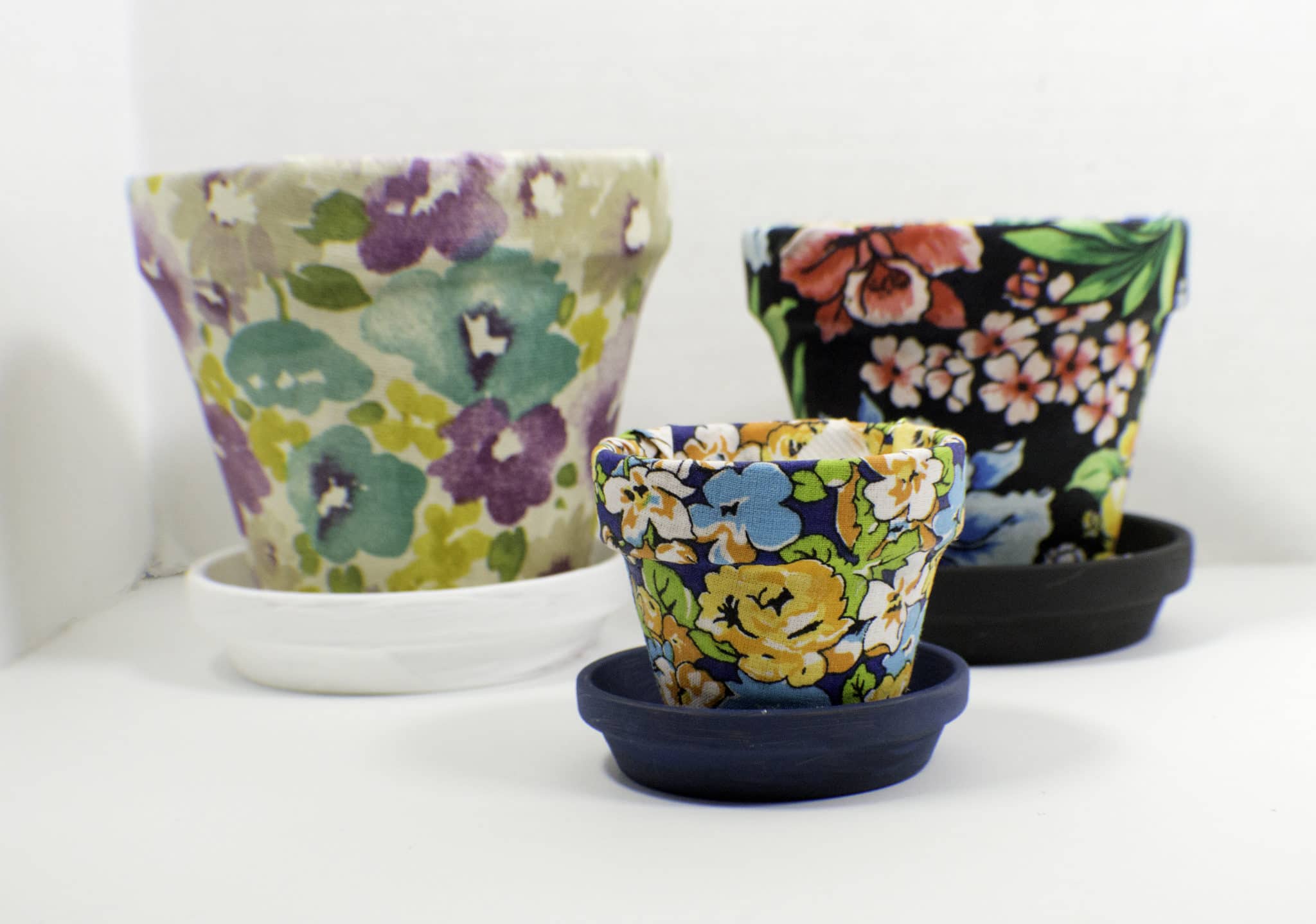
Alternative Routes: Upcycling and Eco-Innovations
Innovation often stems from constraint, leading gardeners and artists to explore unconventional materials and methods. Repurposing everyday items like old tires, wine crates, or even teapots into plant containers not only reduces waste but also adds a quirky touch to your garden. Hypertufa, mentioned earlier, simulates the look of aged stone and can be molded into any shape, offering a lightweight yet durable alternative to traditional materials. Moreover, incorporating natural elements like driftwood, seashells, or woven baskets can introduce an organic and eco-friendly flair to your pot designs.
Caring for Your Handmade Creations: Ensuring Longevity
Crafting a flower pot is only the beginning; proper care ensures your creations endure the test of time. For ceramic pots, ensure they are fully dried before firing to prevent cracking. Post-firing, applying a waterproof sealant to porous materials like terracotta can prevent moisture damage. Regular cleaning, especially removing debris and checking for signs of wear, is essential. Wooden pots benefit from periodic oiling to maintain their luster and prevent splitting. Remember, the beauty of handmade items lies in their uniqueness and the stories they carry; embrace signs of aging as part of their character.
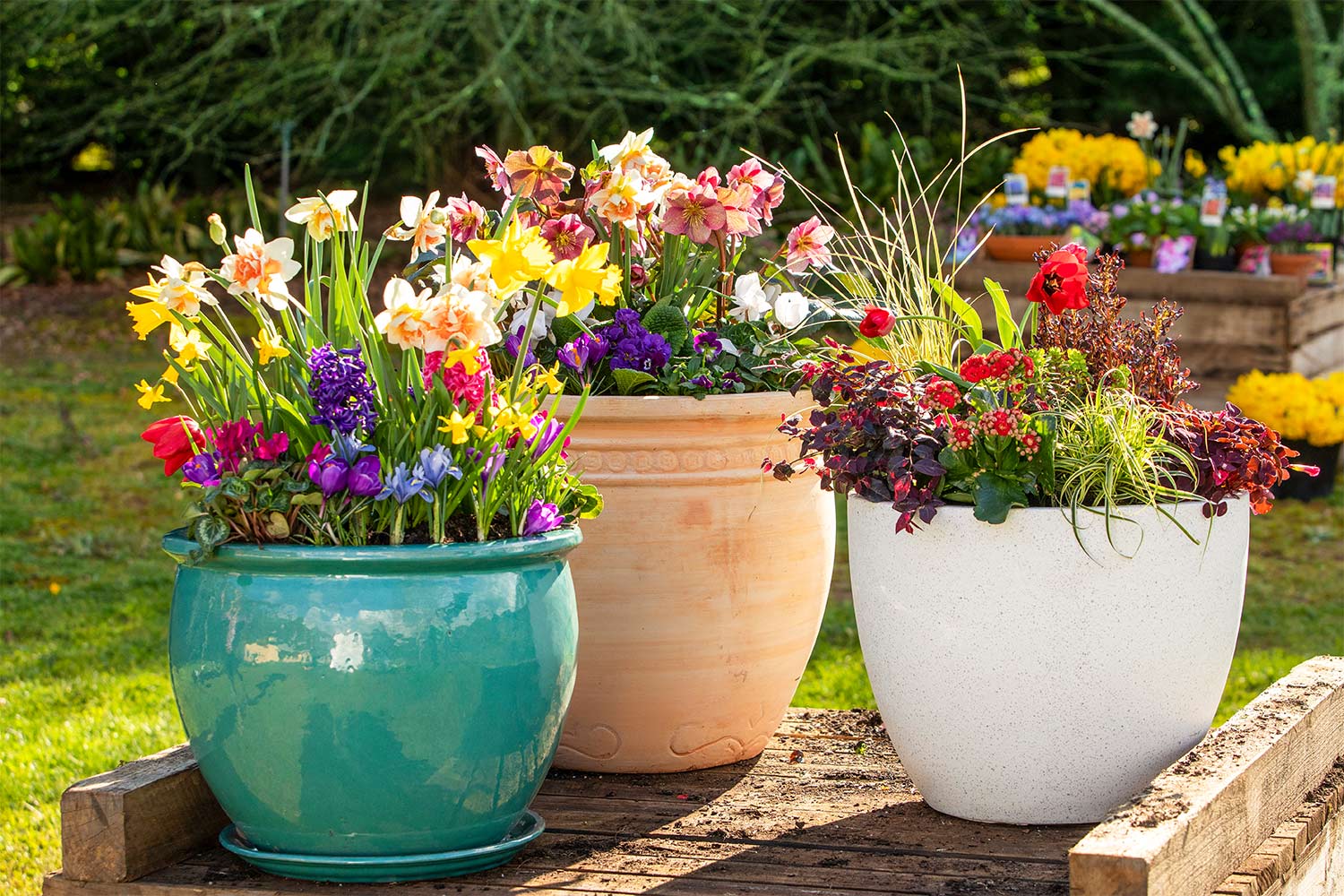
Design Inspiration and Integration into Your Garden Landscape
The ultimate reward of making flower pots from scratch lies in integrating them seamlessly into your garden or home decor. Let nature inspire your designs—mimic the curves of leaves in your pot shapes or mimic tree bark textures on the surface. Consider the color palette of your surroundings, choosing hues that either complement or contrast for visual impact. Play with scale and grouping, arranging a cluster of varied-sized pots to create a focal point or dotting single, statement pieces throughout your landscape. For indoor arrangements, think about how your pots can enhance interior aesthetics, perhaps echoing architectural details or reflecting personal style.
Incorporating Lighting for Dramatic Effects:
Enhance the allure of your painted pots after dusk by thoughtfully incorporating lighting. Solar-powered stake lights inserted near your pots can cast a warm glow on your artwork, highlighting the textures and colors. For a more enchanting touch, string fairy lights around the perimeter of your garden or weave them through trellises behind your pots. If you’re tech-savvy, consider installing smart LED lighting systems that allow you to change colors and intensities, creating a dynamic nighttime display that complements the mood of any occasion.
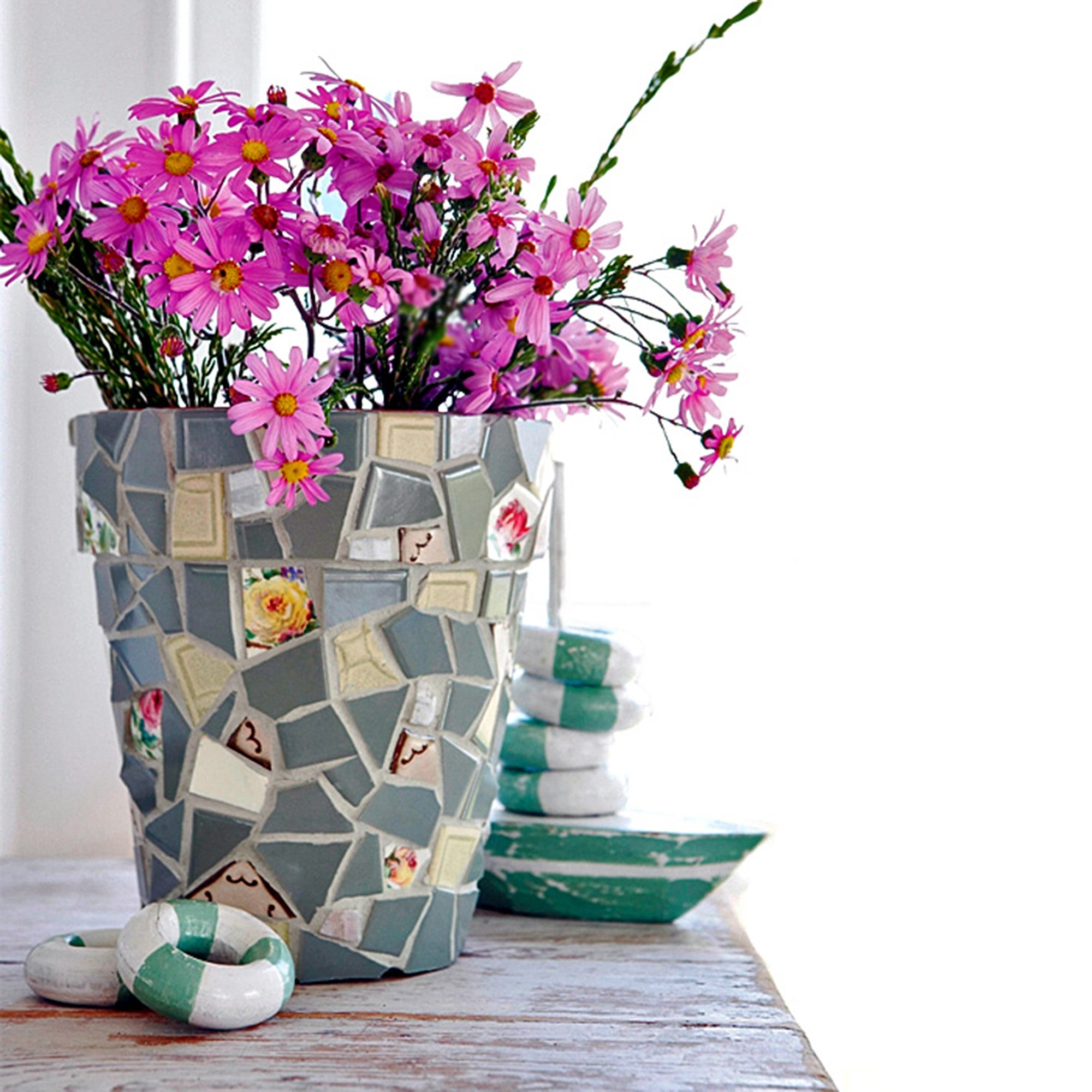
Conclusion: Cultivating Joy through Creative Gardening
The art of making flower pots from scratch transcends the act of merely housing plants; it’s a testament to human ingenuity, resourcefulness, and the innate desire to connect with nature in meaningful ways. Whether you choose the timeless path of pottery, venture into upcycling, or experiment with modern materials, each pot crafted becomes a tangible extension of your creativity and passion. As your garden blooms, so too does your spirit, nourished by the satisfaction of cultivating not just plants, but also a personalized, living canvas that reflects your unique vision and love for gardening.
